The classification of injection molds, the most detailed introduction!
(1) Single-part molding injection mold
When the mold is opened, the movable mold and the fixed mold are separated, thereby taking out the plastic part, which is called a single-part mold, which is also called a double-plate mold. It is the simplest and most basic form of injection mold. It can be designed as a single cavity injection mold or a multi-cavity injection mold. It is the most widely used injection mold.
(2) Double-part molding injection mold
The double-divided surface injection mold has two parting surfaces. Compared with the single-part surface injection mold, the double-part molding mold adds a partially movable intermediate plate (also called a movable gate plate) in the fixed mold part. It is equipped with gates, runners and other parts and components required for mold setting, so it is also called three-plate type (moving formwork, intermediate plate, fixed formwork) injection mold, which is often used for single-point gate feeding. An injection mold of a cavity or a multi-cavity, when the mold is opened, the intermediate plate is separated from the fixed plate by a fixed distance on the fixed guide column, so that the pouring system aggregate is taken between the two templates. The double-part molding mold has a complicated structure, high manufacturing cost, and difficult processing of parts, and is generally not used for molding large or extra large plastic products.
(3) Injection molds with lateral splitting and core pulling mechanism
When the plastic part has side holes or undercuts, it needs to be formed by a laterally movable core or slider. After injection molding, the movable mold is first moved downward by a distance, and then the inclined section of the bending pin fixed on the fixed template forces the slider to move outward, and at the same time, the push rod of the demolding mechanism pushes the pusher plate to make the plastic part self-shaped. Take off the core.
(iv) Injection molds with movable molded parts
Due to some special structure of the plastic parts, the injection mold is required to set movable molding parts, such as movable punches, movable concave molds, movable inserts, movable thread cores or rings, etc., and can be molded with the plastic parts during demolding. Remove the mold together and separate it from the plastic part.
(5) Automatic unloading thread injection mold
For threaded plastic parts, when automatic demoulding is required, a rotatable thread core or ring can be placed on the mold, and the thread can be driven by the mold opening action or the rotating mechanism of the injection molding machine or by setting a special transmission. The core or threaded ring rotates to release the plastic part.
(6) No-flow injection mold
The no-flow injection molding method refers to a method of adiabatic heating by using a pair of flow passages, and the plastic between the cavities of the injection molding machine nozzle is kept in a molten state, so that the mold is not poured when the mold is taken out. The former is called the adiabatic flow channel injection mold, and the latter is called the hot runner injection mold.
(7) Right angle injection mold
Right-angle injection molds are only suitable for angle injection molding machines. Unlike other injection molds, the direction of the feed is perpendicular to the direction of the mold opening and closing. His mainstream road is located on both sides of the moving and fixed mold parting surface, and its cross-sectional area is usually constant, which is different from the molds used in other injection molding machines. The end of the mainstream road is to prevent the injection molding machine. The nozzles and the inlet end of the main flow path are worn and deformed, and a replaceable flow channel insert can be provided.
(8) Injection mold of the demoulding mechanism on the fixed mold
In most injection molds, the demolding device is mounted on the side of the movable mold, which is advantageous for the ejection device in the opening and closing system of the injection molding machine. In actual production, since some plastic parts are limited by the shape, it is better to leave the plastic parts on the side of the fixed mold, so that the plastic parts are taken out from the mold, and the mold release must be set on the fixed mold side. mechanism.
Related articles
-
Where can we use the nylon cable ties
Where can we use the nylon cable ties
-
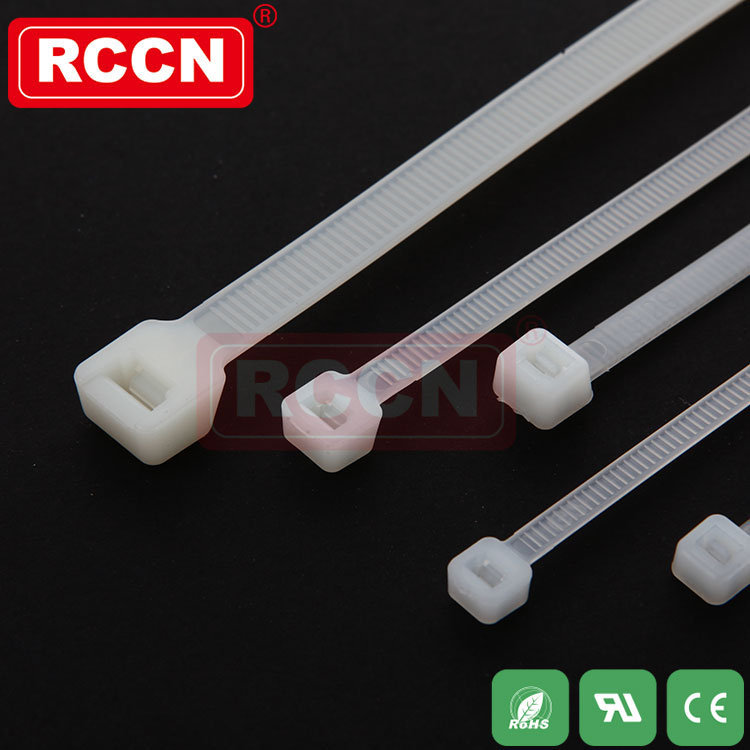
The basic theory related to the damage problem of nylon cable tie products
The basic theory related to the damage problem of nylon cable tie products
-
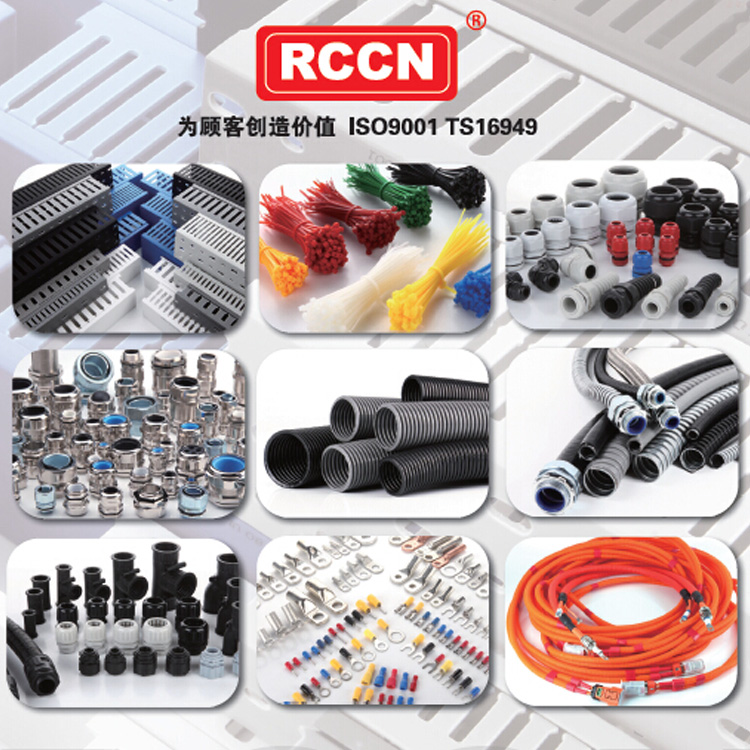
RCCN Product poster
Cable Ties, Metal Fittings, Hoses, Cable Ties, Terminal Blocks, Wiring Markings, Metal Hose and Hose Fittings, Holders, End Tapes, Heat Shrink Tubing, Retaining Nips, Nylon Rivets Nylon Screws, Isolation column, new energy vehicle wiring harness
-

Use of nylon cable ties
Nylon cable ties, as the name implies, are straps for tying things. Nylon cable ties are also called: cable ties, cable ties, cable ties, cable ties. Nylon cable ties are d
-

How to improve the toughness of nylon cable ties?
1. Brief introduction of nylon cable ties Because of the speciality of the product (thin wall, the product injection process is relatively large), the mold, injection molding process and materials are
-
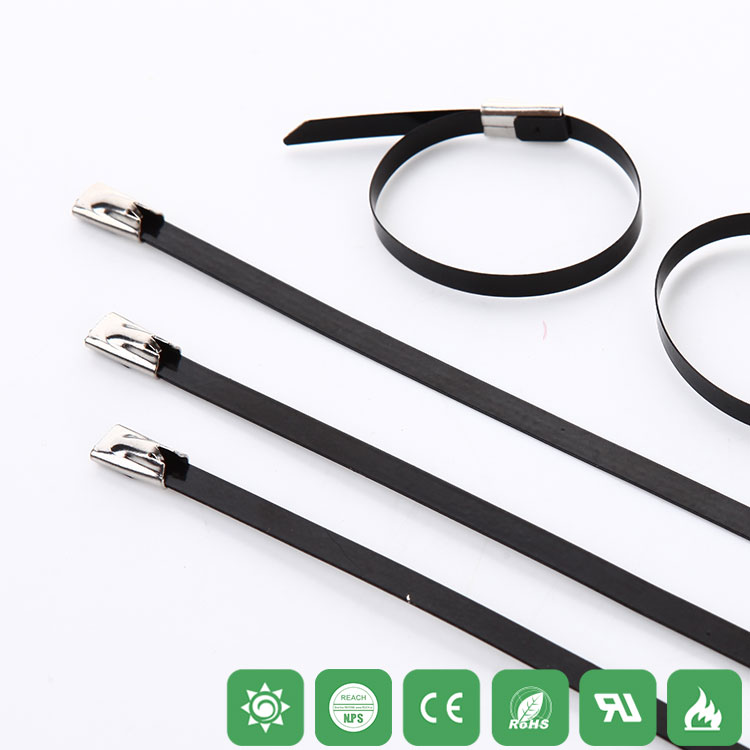
How to choose nylon cable ties and stainless steel cable ties
From the beginning of its birth to the present, nylon cable ties have undergone a baptism of time. For various purposes and in order to adapt to various environments, many types of cable ties have bee
-
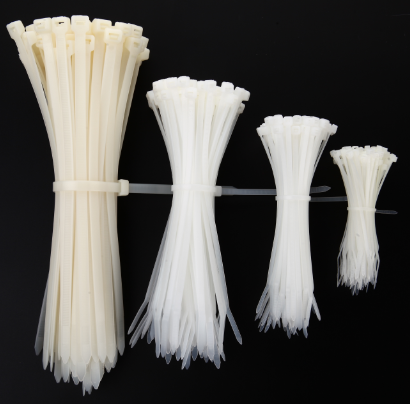
How to look at the quality of nylon cable ties
Nowadays, with the wide range of applications of nylon cable ties, there are many different brands of products on the cable ties market, but for different products, they also have different characteri
-
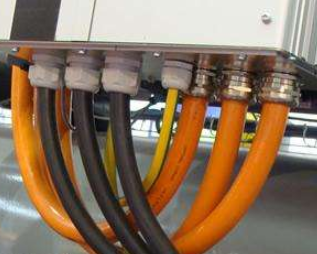
Cable gland - what causes the insulation to decrease
Factors that cause insulation degradation 1> Insulation is damp. This condition is also common and generally occurs at cable joints in direct buried or drained pipes. For example, if the cable
















 RCCN WeChat QrCode
RCCN WeChat QrCode Mobile WebSite
Mobile WebSite